While not entirely neutral, the FiiO FT3 is a feast for the ears and offers an accessory kit rarely found in this price bracket.
FiiO is no newcomer to the personal audio scene. Founded in 2007, they started with electronics for the budget-minded headphone enthusiast and since have moved to more upper echelons of the hobby.
However, FiiO isn’t exactly a veteran in terms of full-size headphones. Their previous attempt was a set of ANC wireless headphones, the EH3 NC. FiiO wasn’t able to carve a place in the market with them, which isn’t a surprise considering the fierce competition.
- True sub-bass reproduction
- Very low distortion
- The U-shaped tonality works well
- Superb accessories
- Captures recording ambiance
- Great soundstaging
- The earcup design can be divisive
- Treble at times too hot
- A bit bass-heavy
- Cable too long for desktop
The FT3 are FiiO’s first shot at full-fat audiophile over-ear headphones. While not crowded, the price bracket here is dominated by the European old guard – Sennheiser, Beyerdynamic, and AKG have long held the fort. Read on whether FiiO has what it takes to challenge Fortress Europe.
Technical Specifications
- Form factor: Open-back, over-ear
- Drivers: 60mm dynamic drivers
- Nominal impedance: 350Ω
- Sensitivity: 105dB/V at 1kHz
- Frequency response: 7 – 40 000Hz
- Cable entry: 3.5mm TS jacks
- Weight: 391g without cable
Packaging
Once I picked the box up, I was surprised. Has FiiO shipped me a brick? The customs agents may have taken the FT3 for a ride and replaced it with sand or confiscated soap. No such thing – the box is very big, very black, and positively heavy.
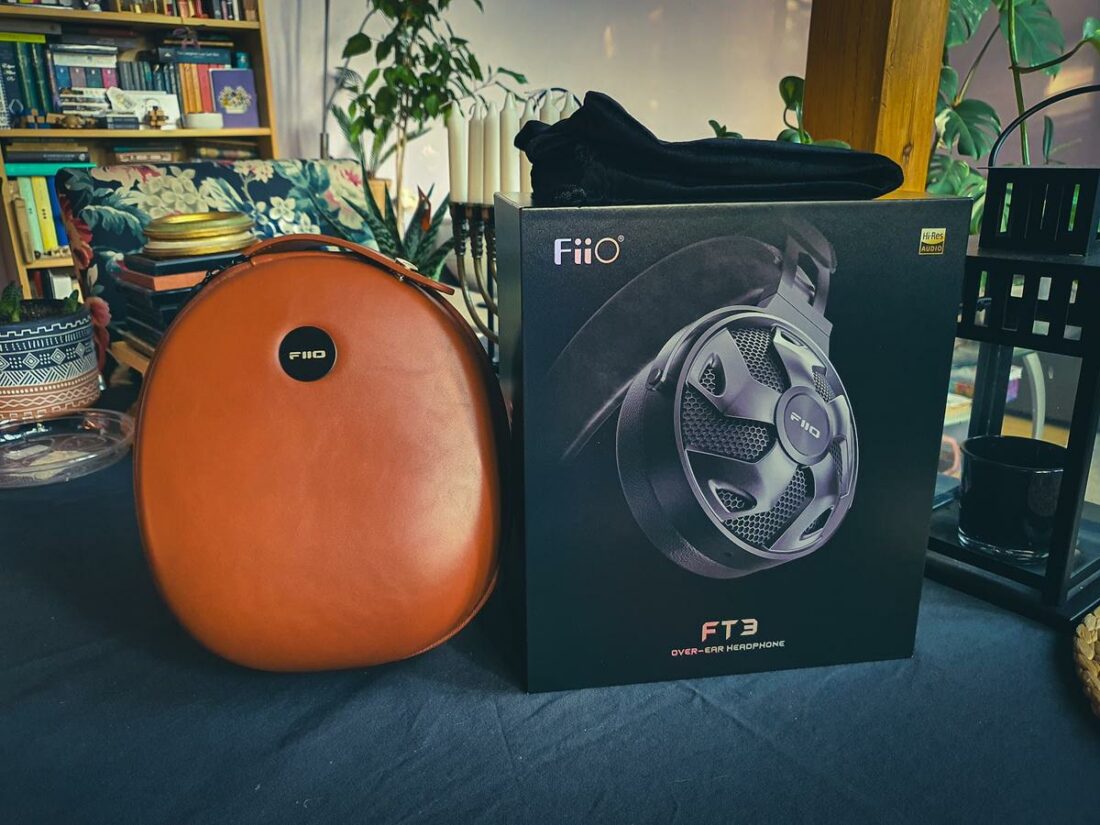
Once you get the cardboard out of the way, a nice brown leatherette carrying case presents itself. Inside lay the FT3 headphones. Under the case, I find extra pads and an assortment of cable end connectors.
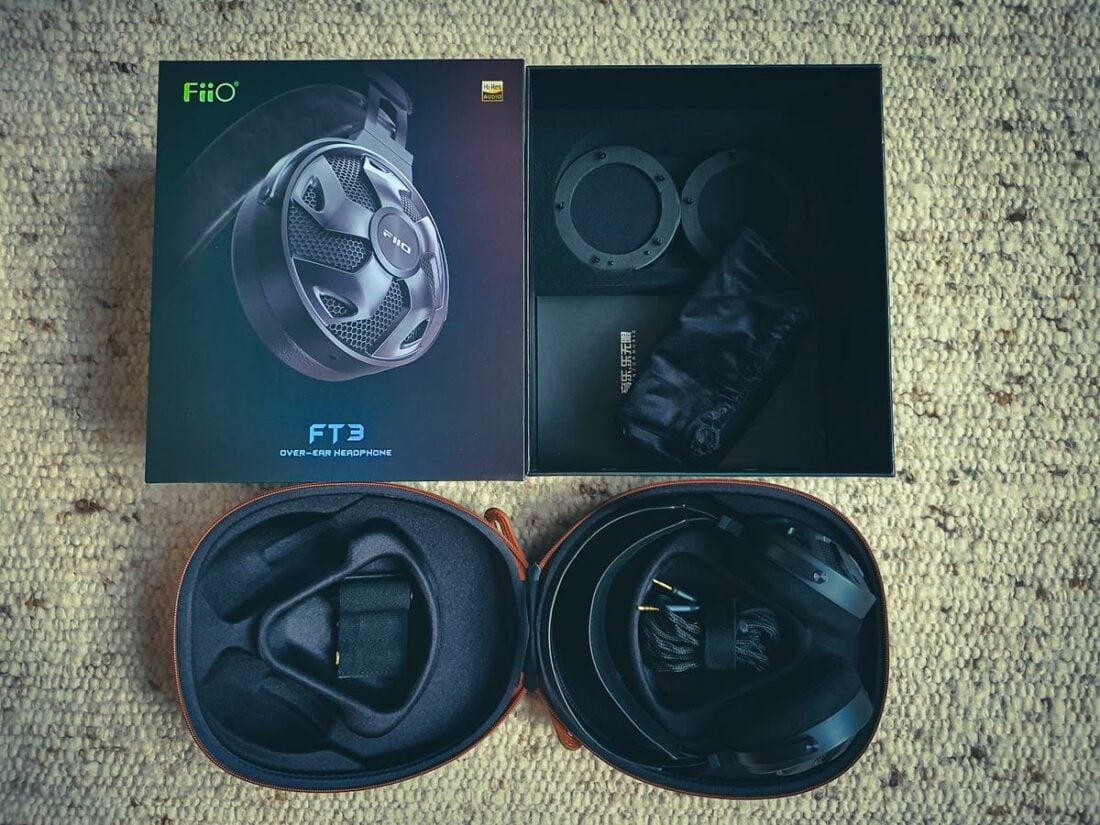
If I hadn’t noticed the FiiO logo, I would have thought to have received a pair of Focal headphones.
In the box
- The FT3 headphones
- 3m copper cable
- A pair of pleather pads
- 3.5mm connector
- 4.4mm connector
- 6.35mm adaptor
- 4-pin XLR adaptor
- A hard leatherette storage case
- Paperwork
Design
If I needed to be more explicit in the previous section, FiiO isn’t pulling any punches.
As for the actual design of the headphones, I can’t say that I was too crazy about them when I saw the product photos. Luckily, they look leagues better in real life and feel nice and weighty in hand.
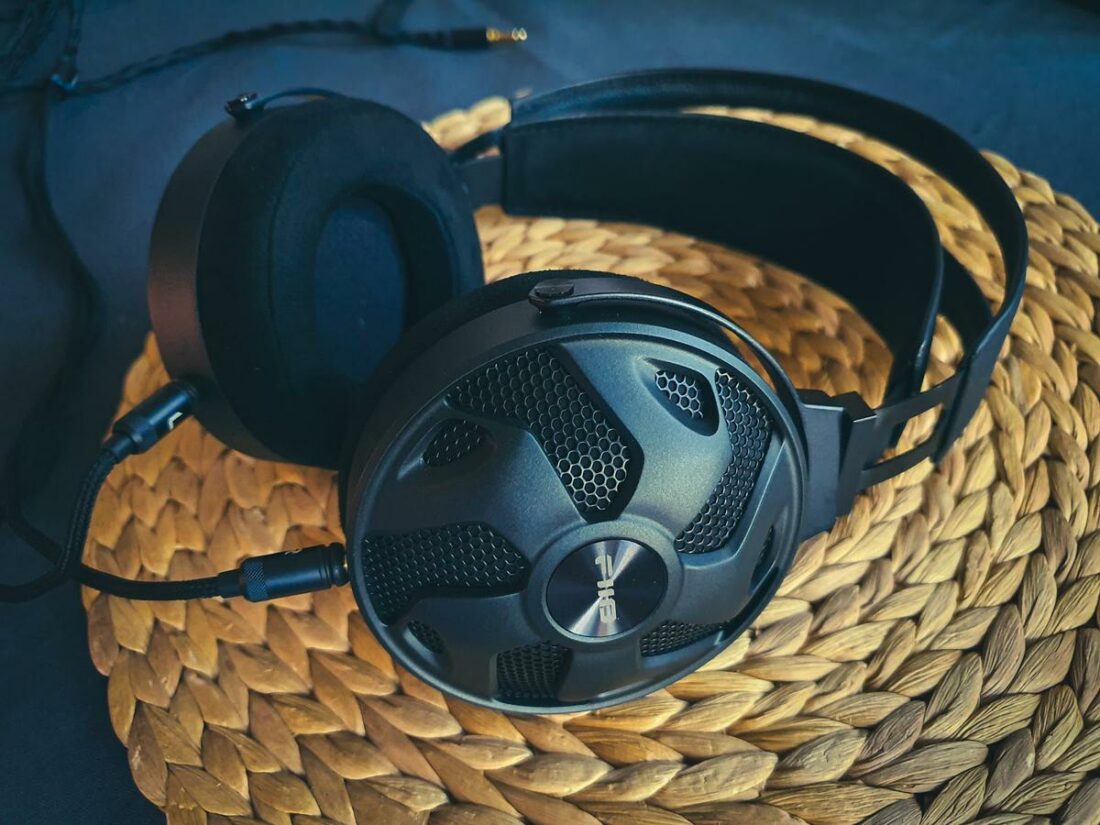
The build quality seems very good, and there’s no play in any hinges. The outer grill structure uses a mesh commonly found in loudspeakers. I was initially unsure of how I felt about the squiggly spoked element, but in person, I find it pretty okay.
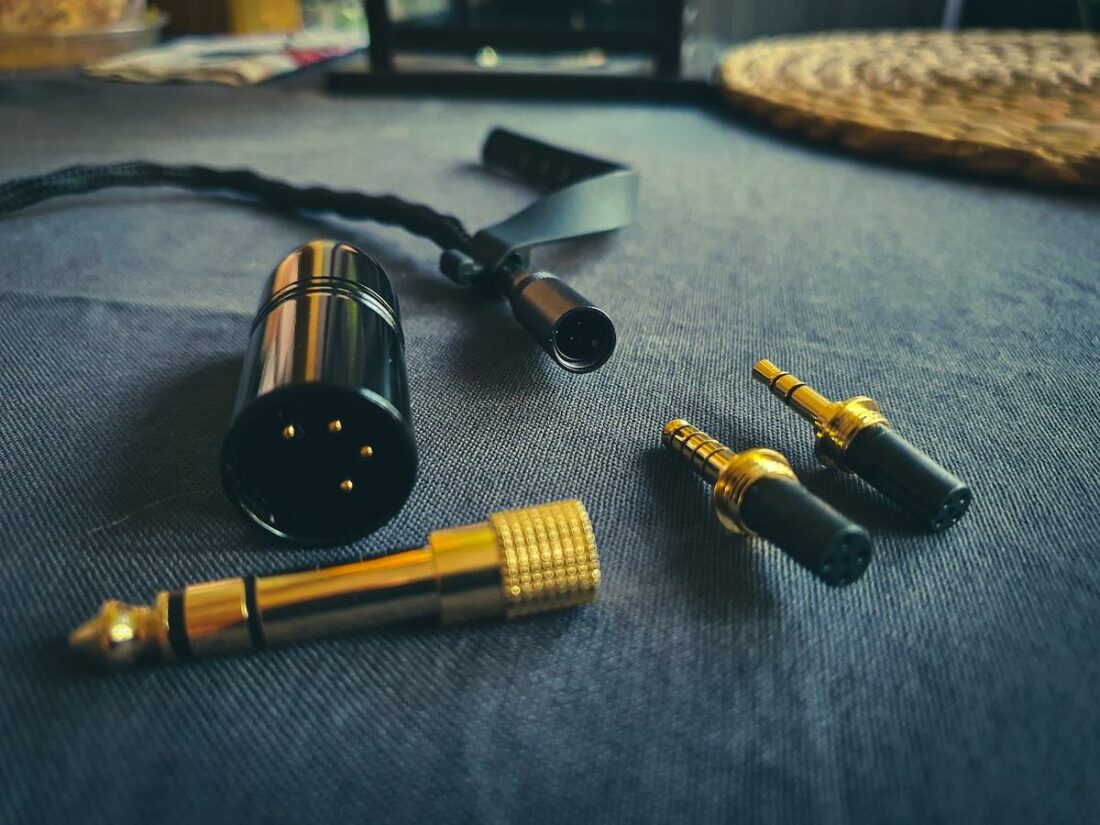
Even the accessories share the same attention to detail. Most of the connectors use CNC machined shells, and the coupling via screw-on endcap is very smooth. The hard case looks very nice.
Cable
The FT3 come with a 3m long braided 4-conductor copper cable. FiiO lets everyone know that the cable uses mono-crystalline copper made by Furukawa. I’m a cable agnostic and find very little wrong with it.
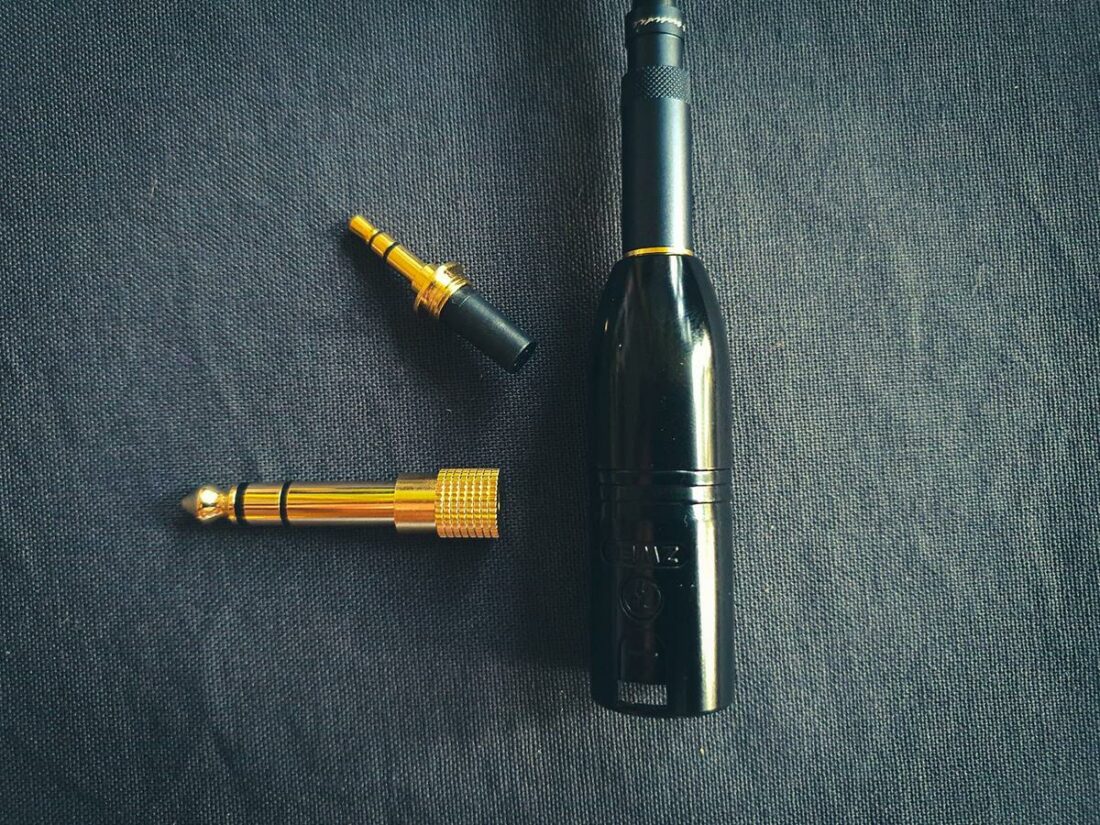
Generally, the cable is more like the one you’d get with the Sennheiser HD800S than the Focal Clear. It’s twisted and isn’t too stubborn to remember any kinks and bends I’ve put it through to make it shorter.
I think the real star of the show here is the 4-pin proprietary connector which allows for swapping the 3.5mm TRS and 4.4mm balanced pentaconn input jacks. To further expand its connectivity, a 6.35mm adaptor can be put on the smaller TRS jack, and a nice 4-pin XLR can be worn over the TRRS.
Comfort
I find the FT3 very easy to wear, if a bit awkward at times. The headphones use a spring-loaded “hammock” headband which doesn’t put much strain on my head and doesn’t rely on clamping force alone to stay on.

I find the earpads nice and cushy, yet the way they sit on my ear-cheek area is sometimes strange. It feels like there isn’t enough force on the lower parts, and they struggle to find a good seal. I fix it by pressing them down a tad.
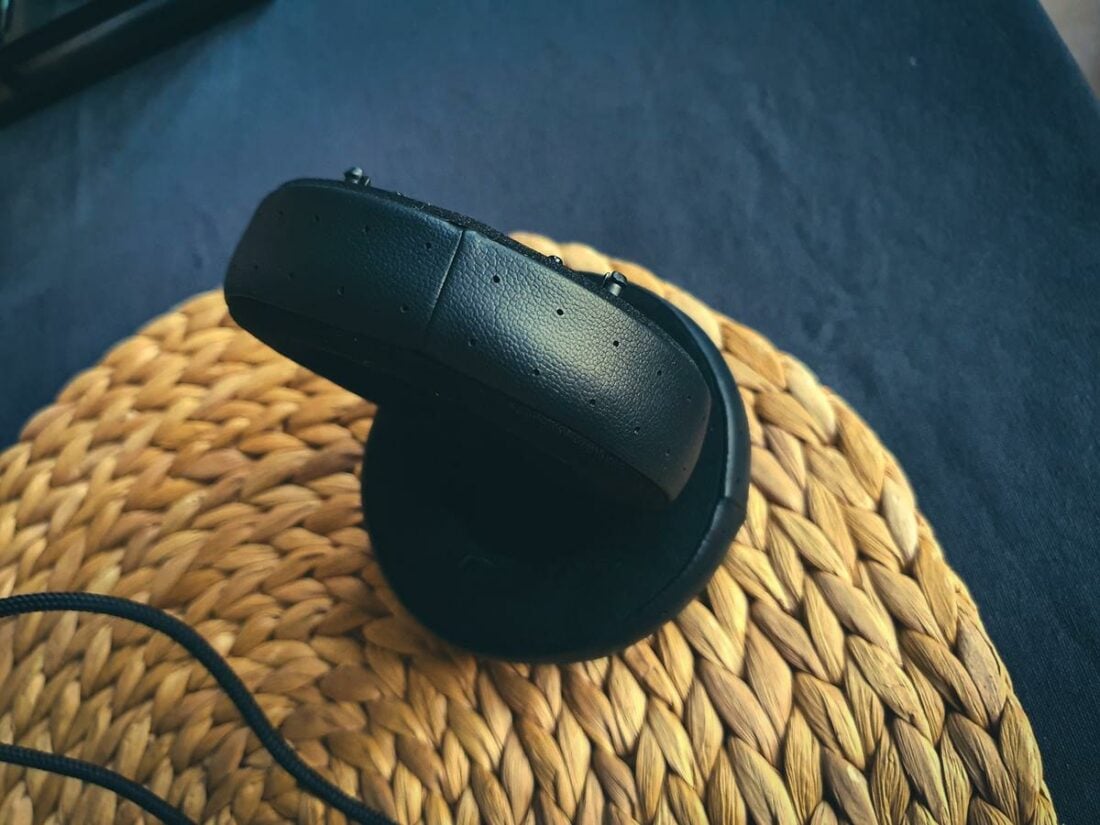
Even if the FT3 doesn’t pull the vanishing act the HD800S can, I find them miles more comfortable than the HD660/650/600 trio. Wearing the FT3 for a whole day is more than doable. The alternate pleather-velour pads are as comfy as the default pure velour ones.
Internals
The FT3 are dynamic driver headphones with two interesting features. FiiO claims that the huge 60mm driver has a beryllium-plated gasket and diamond-like carbon (DLC). How much of that is true and how much is lost to translation, I’ll leave to transducer engineers.
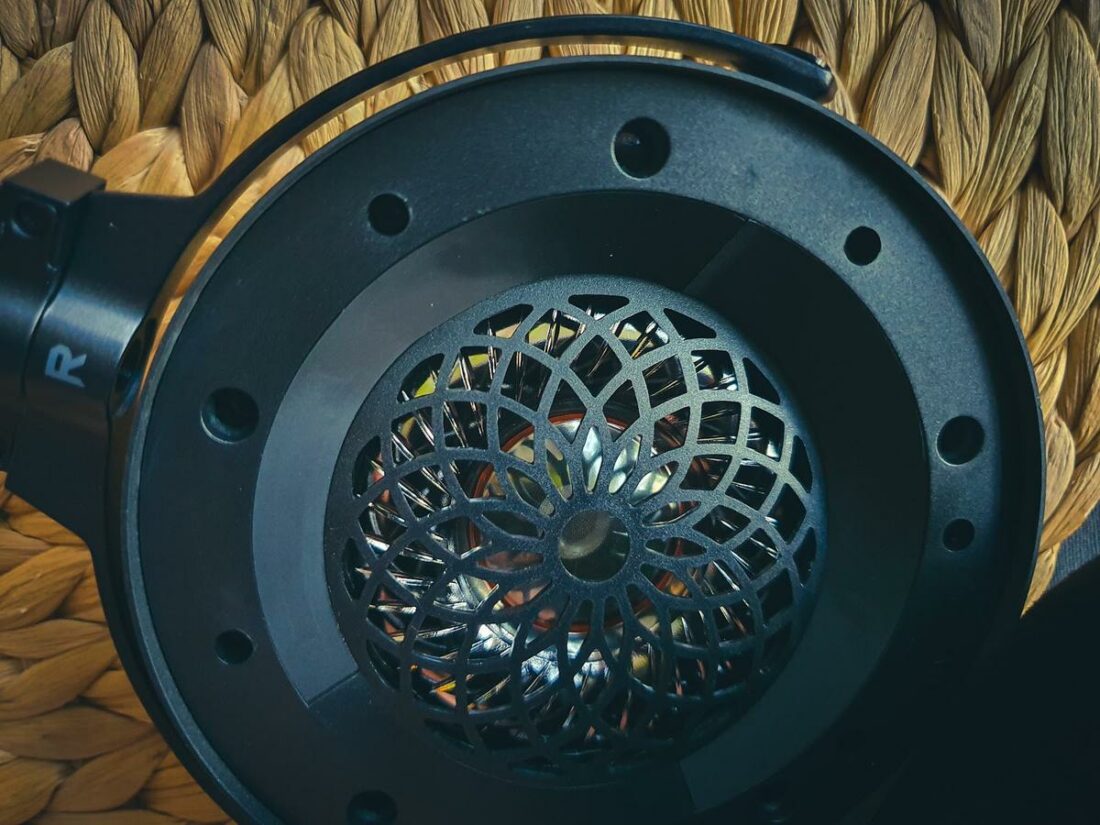
At first glance, the driver doesn’t look too different from other mylar diaphragm headphone transducers. Again – I can’t prove it, however, my gut tells me that the diaphragm is actually DLC-coated instead of made from crystal material. Similarly, the surround that holds the diaphragm in place appears vapor-coated with beryllium.
The aforementioned treatments make a lot of sense when you consider the gargantuan 60mm diameter of the FT3 driver. Most dynamic headphones use drivers in size of around 40mm. Is bigger better? Only if you know how to mitigate the shortcomings.
Large drivers aren’t without their flaws. They start to lose uniform pistonic motion much earlier than smaller ones, so their high-frequency response can become uneven. A larger driver also exhibits “beaming” at a lower frequency. A 60mm driver starts to beam at 5730Hz.
The difficulty to maintain a uniform motion is exactly what FiiO tries to solve with their DLC and beryllium coatings. Does it work? Only one way to find out – let’s give the FT3 a listen!
FiiO FT3 Sound
The question everyone probably can’t wait to get answered – are the FT3 better than the legendary Sennheiser HD650?
Well, in many ways they are! Better low end, overall resolution, and soundstaging. But not as neutral, in my opinion.
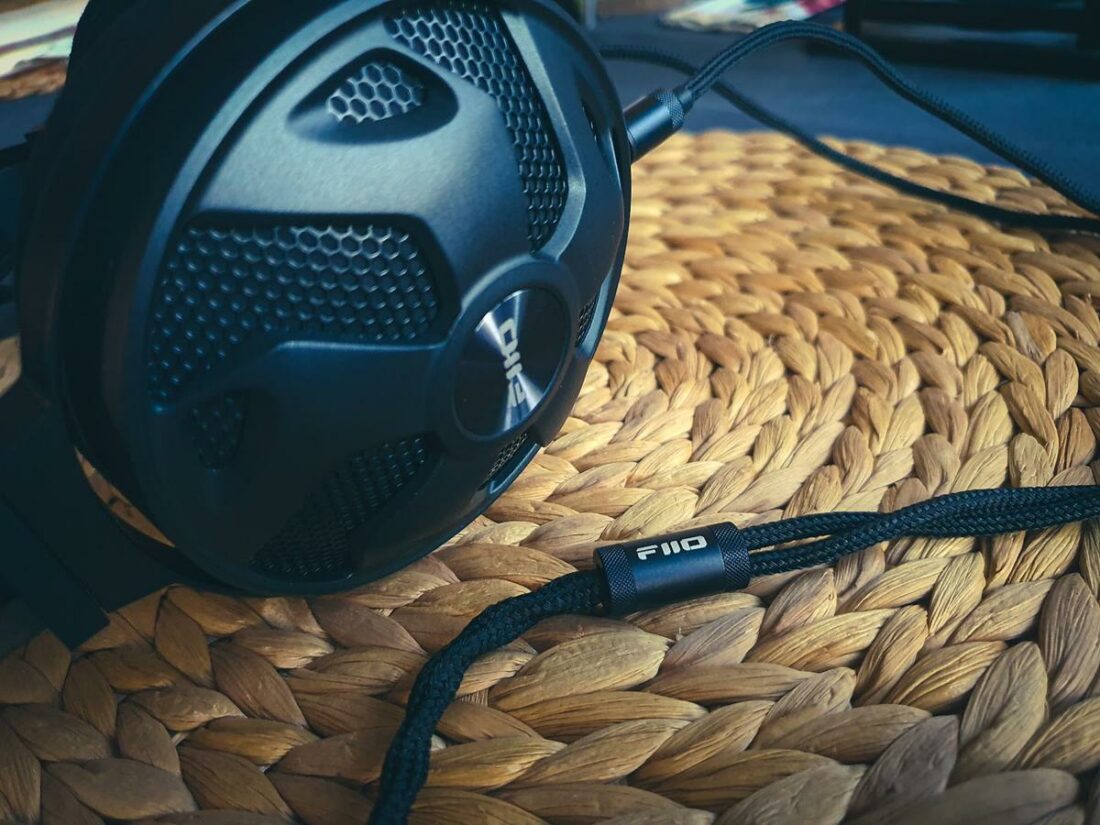
The catch, however, is that this description can be applied to headphones costing in the thousands. Focal Clear MG are also technically more proficient than the HD650, yet less neutral. The same goes for most high-end headphones.
Luckily the coloration on the FT3 isn’t unpleasant. At least not for most of the recordings out there. Overall the tonal balance leans a tad U-shaped, a crowd favorite since graphic EQs became commonplace.
Bass
The low end is plentiful and extended, if a bit too happy at times.
I can immediately tell the 60mm driver is firing on all cylinders. James Blake? The latest Hans Zimmer OST? The FT3 doesn’t limit my love for sub-bass. It goes as low as the recording tells it to and doesn’t fall apart under stress.
Upper bass is where it gets more interesting. The impact is all there – great dynamics and no sign of any noise or distortion. Yet the region around 100Hz is a tad too hot in my opinion. With some recordings, the coloration is similar to the slight ‘room-boom’ found in most domestic speaker systems.
I absolutely adore the FT3 with electronica, where vast soundscapes rely on a nice low-end foundation. Untrue by Burial hits all the right lows, and the FT3 don’t break a sweat. With the HD600 or HD650, I would hear resonant noises and doubling caused by excessive harmonic distortion.
Midrange
The mids are true to the recording, if a bit dry.
These are HD600 mids instead of the more sweetened midrange of the HD650. The linearity is there, as is the low distortion that makes mids magic. Classic rock with exemplary guitar-ship shines and distorted guitars from early Opeth bite just the right amount.
Highs
There’s some peakiness in the treble regions – they’re not completely neutral.
The peakiness imbues the higher registers with a sort of sheen that’s detectable either by comparing the FT3 to more neutral headphones or by listening long enough when it becomes more apparent. Luckily it only becomes a nuisance with very aggressive music like more abrasive industrial or metal.
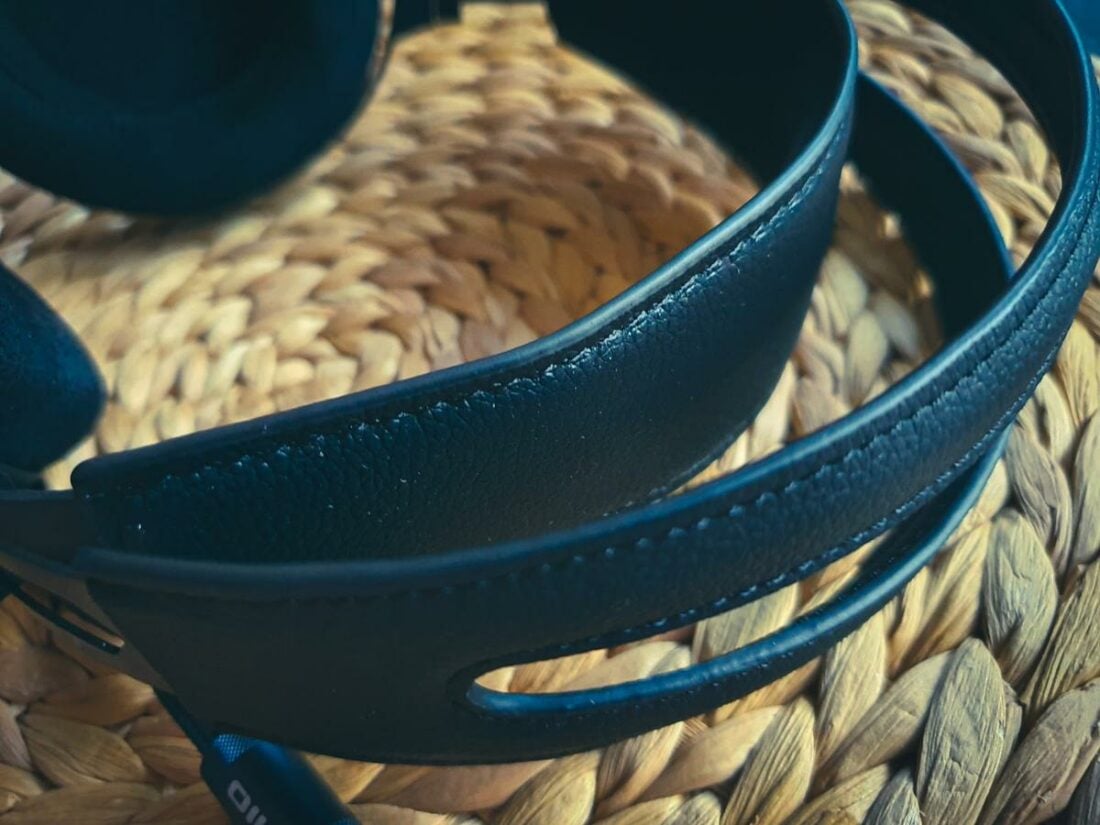
I’m also impressed by the 60mm driver’s ability to resolve detail in the treble. Those fancy diaphragm coatings must really be pulling their weight! There’s no veil or any other kind of obstruction going on. I have heard better treble from dynamic driver headphones, but usually, they’re on the level of Sennheiser HD800S in price. Or electrostatic.
Technicalities
Welcome to the 21st century, the FT3 is a resolution and dynamics powerhouse!
When I had the HD650 as my daily driver, I’d always crave cleaner bass and a more spacious soundstage which nowadays is present in other headphones at that price bracket. The FiiO FT3 is a marked upgrade over the old guard in these regards.
The low distortion across the audible range makes the FT3 very resistant to congestion with busy tracks and reveals the recording ambiance as it’s captured. It makes for a very atmospheric listening experience.
Where to Buy?
Conclusion
I think FiiO has created a winner here.
While the visual design is a bit hit or miss, the sonics are more than enough to make up for it. On top of that, the accessory kit is top-notch and makes the FT3 compatible with almost every desktop audio setup out there.
My only major gripe with the FT3 is the treble peakiness which can induce ear fatigue faster than one might get with darker headphones. I’d take care to partner it with more warm and dark equipment and steer clear from all-opamp designs that rely on deep negative feedback.
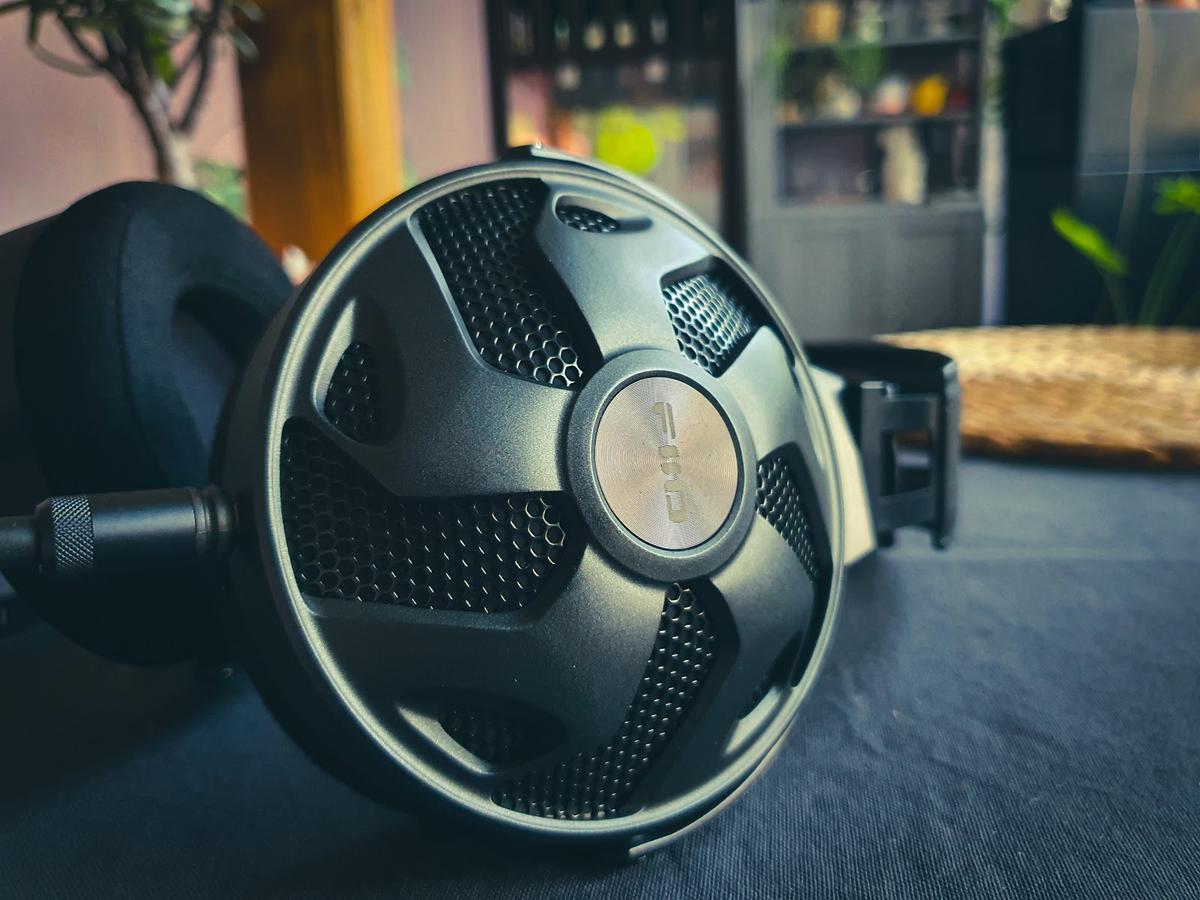
Great review. I feel exactly the same way about mine. And yes, tubes are definitely the way to go if you can. I use a Bellari HA540 Mk. 2 (an underrated/under-reviewed) budget gem with TONS of power, and I’m sure it would sound even better with higher-end non-hybrid tube amps. Fiio needs to stick with this one and keep it around long enough to allow it to saturate the market more. It’s a bargain “one and done” sort of headphone. I enjoyed my Focal Clear better on my solid state, but the gap closes quite a bit when there’s a tube involved.
Thanks, Tod! I used to own a Torpedo 3 and it was one of the best amps I’ve heard. Too bad that it’s all but extinct. I might build a nice OTL someday… Would be nice to hear how the FT3 does.
Just received my FT3s… Ebay open box for $250. Very comfortable… Full warm sound thru both my old Benchmark DAC1 (still fantastic), as well as my new SMSL M500 MK2, Also, no problem driving w/ my AQ Cobalt or my Hidizs S9 PRO. vERY satisfied!!